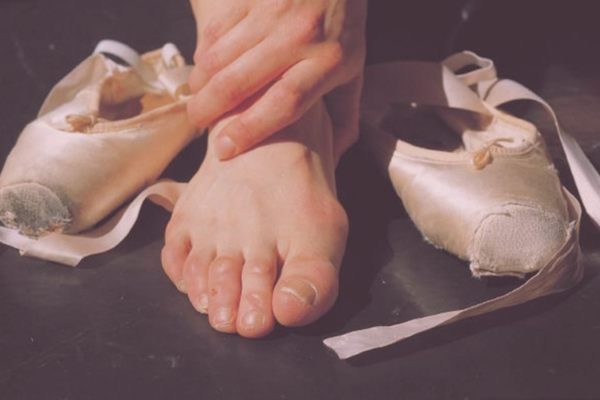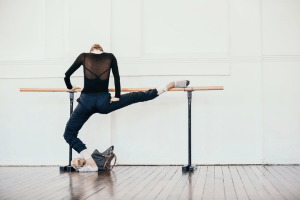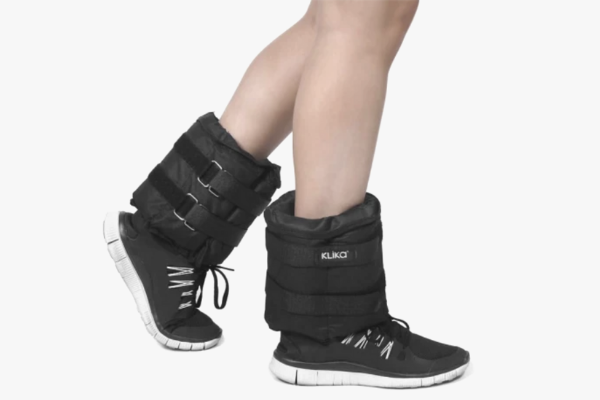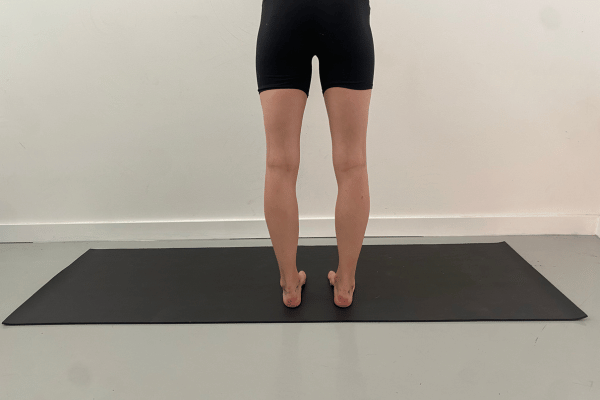- Free Articles
- Shop
- Workshops
- The Dance Educator Series
- Upcoming Workshops
- Workshop FAQ’s
- Host Application Form
- Student Workshop Application Form
- Dance Teacher & Health Professional Directory
- Workshop Testimonials
- Members Areas
- Cart
- My Account
The Impact of Flooring on Dance Injuries
I often get asked about the impact of flooring on injuries in dancers, and as there are so many things that can come into play, I decided that a dedicated post on it was more than overdue.
A completely unexpected blessing when I was in Perth teaching in 2013 was to meet Gary Wright - a National Australian Champion in Cycling who has trained many Olympic level International cyclists, but also the Flooring Technician for the WA Ballet. Gary gave me a lift home one night and we got to talking about how important the flooring is to prevent injuries, and I could immediately see his passion for this. It seems that high achievers achieve in whatever they end up doing and Gary has taken the art of Dance Floor Maintenance to a whole new level.
Simply put, with Bad Flooring and Bad Technique, you are bound to get injured. A lack of absorption from the floor and through the biomechanics of how you move, repeated over and over as we do when dancing will put excessive strain on particular muscles, ligaments and bones and lead to chronic pain and injuries such as Stress Fractures.
- With Good Flooring and Bad Technique you will still get injuries, as the repetitive actions required in dancing will take a toll, even when there is the highest quality flooring.
- With Bad Flooring and Good Technique, there will be less injuries, but the dancer may still feel strain in their low back, knees and shins from absorbing the shock, and if the surface of the floor is slippery, they run the risk or falling and hurting themselves directly.
- With Good Flooring and Good Technique you are in the safest situation possible. In this case injury prevention comes down to the Choreography and self management in regards to sleep, nutrition and Hydration issues.
So what does "Good Flooring" entail.
There are 3 main factors that I consider to be of ultimate importance in laying and caring for a dancing floor. (There are many other influencing factors so feel free to comment on any others!)
1. The Underlying Surface. If there is no give in the surface, this compounds the force going through the dancers limbs, already many times their body weight. Simply laying a Tarkett over concrete is not good enough for even recreational dancers. Wooden flooring offers natural spring, and allows dissipation of the forces across a much greater area. Specifically designed sprung flooring takes this to a new level, with one layer of flooring suspended over the other, giving room for the reverberation of the floor in between. Take care however with the size of the panels in any pre-made flooring. As explained in the interview with Gary Wright from The West Australian Ballet team below (approx 6:38) square panels may be marketed as safer, but it is essential that the top layer is as large as possible to avoid reverberation of the dancers own energy back up their lower limb. Think of a pebble dropped into a lake... The ripples will dissipate completely by the time they reach the edge, however the same pebble dropped into a bucket will create super ripples when the ripples hit the sides of the bucket and start travelling back in towards the centre.
2. The Covering. Now there are many grades of flooring, some with astounding shock absorbing capacities. However some that are marketed as safe are very thin and provide little protection. Go for the highest quality one that you can afford, that has a dense foam layer underneath the actual surface to give as much cushioning as possible.
3. The Condition of the Surface. Dance floors are often cleaned irregularly, or simply mopped up with a dirty mop and a bucket of water, or layered up with diluted Coke. This technique, while extremely commonn in the dance world is, in Gary's words ".. just poor form.." and will result in a sticky build up that may hinder the dancers rather than help them.
Watch the second video below that explains exactly how he keeps the surface of the flooring safe and finely tuned so that the dancers have more confidence in their dancing and can do what they do best.
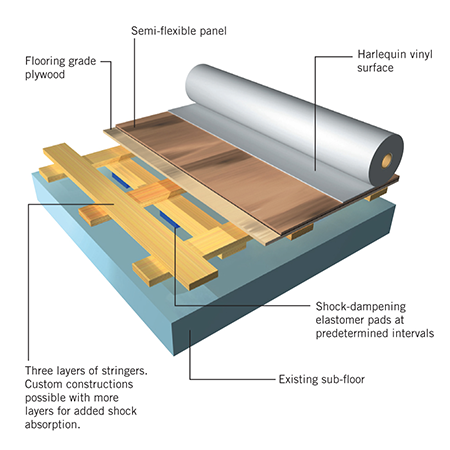
After a few in-depth discussions with Gary I decided that I needed to get this all on film for my readers. Video 1 is an interview between us explaining why the surface of the flooring is so important, while Video 2 is an actual demonstration of how he does what he does and what products and processes he uses. Fascinating stuff!
Notes on Sprung Flooring:
- While pre-fabricated sprung flooring can be a lot cheaper than custom built floating floors, take care with the size of the panels in any pre-made flooring. As explained in the interview with Gary Wright above (approx 6:38) square panels may be marketed as safer, but it is essential that the top layer is as large as possible to avoid reverberation of the dancers own energy back up their lower limb. Think of a pebble dropped into a lake... The ripples will dissipate completely by the time they reach the edge, however the same pebble dropped into a bucket will create super ripples when the ripples hit the sides of the bucket and start travelling back in towards the centre.
- In this study on flooring preference, dancers expressed a preference for floor FR within the mid to upper limits (57% to 72%) of the European standards, although a minority preferred low FR (approximately 36%) floors.
- Many dancers assume that a wooden flooring will be sprung, however this is unfortunately not necessarily the case. To save money timber laminate may be laid over concrete in some community halls and shared spaces. Make sure to check the nature of the floor bofore hiring or using any room for dance.
References that may be interesting:
- Dance Floor Force Reduction Influences Ankle Loads in Dancers During Drop Landings
- Dance Floors as Injury Risk: Analysis and Evaluation of Acute Injuries Caused by Dance Floors in Professional Dance With Regard to Preventative Aspects
- Dancer Perceptions of the Force Reduction of Dance Floors Used by a Professional Touring Ballet Company
- Dance Floor Mechanical Properties and Dancer Injuries in a Touring Professional Ballet Company
- Lower Limb Kinematic Variability in Dancers Performing Drop Landings Onto Floor Surfaces With Varied Mechanical Properties
- Injuries in Pre-Professional Ballet Dancers: Incidence, Characteristics and Consequences
Injury Resources
If you are looking to delve deeper into this topic, check out the following programs:
- Will I Ever Dance Again: The “Will I Ever Dance Again?” program is perfect if you are unable to train at full capacity, whether this is due to a foot injury, surgery, an accident or illness outside of the studio. It helps you build back to full capacity gradually while maintaining strength, flexibility and control in the rest of the body.
- Level One Dance Teacher and Therapist Training: This unique course covers a multitude of assessment and treatment techniques to individualise a dancer's training. With special focuses on Postural Control, Core Stability, Flexibility, Basic Classical Technique, The Dancers Hip, Allegro, Spinal Mobility and Arabesques, it is suitable for anyone working closely with dancers.



